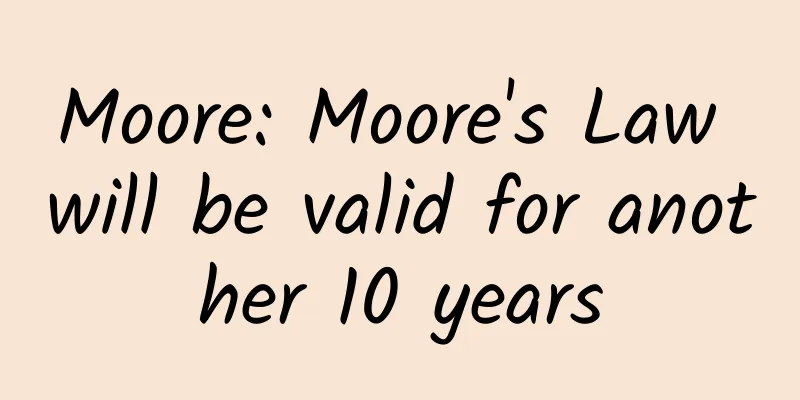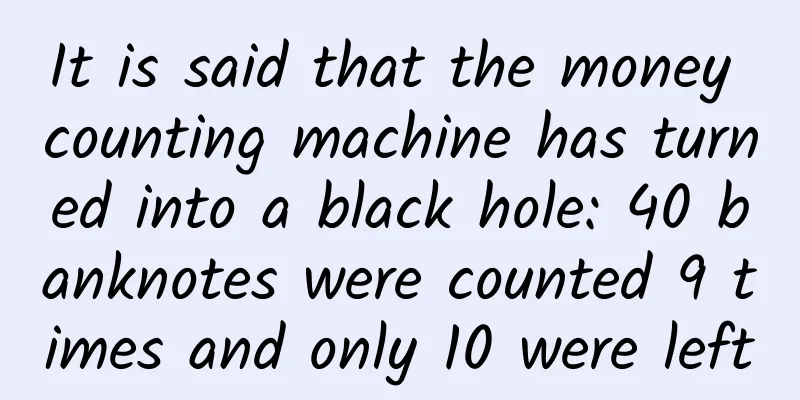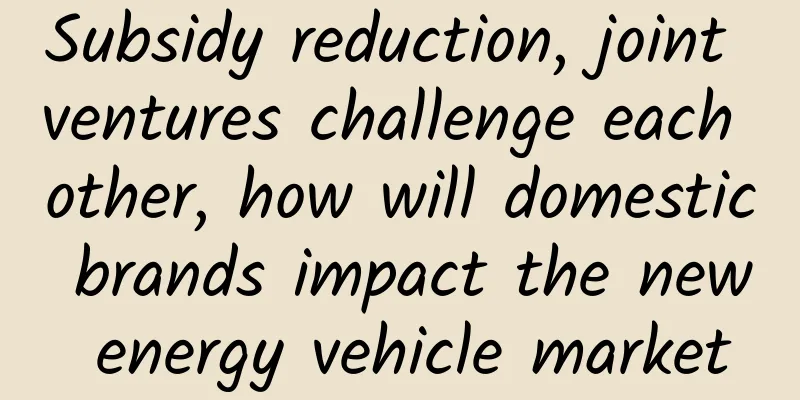Moore: Moore's Law will be valid for another 10 years

|
Consumers who are familiar with computers and IT know that there is a Moore's Law in the field of hardware and semiconductors. That is, every one and a half or two years, the number of components integrated on a chip per unit area will double. This year marks the 50th anniversary of the birth of Moore's Law. At a recent commemorative event, Gordon Moore, the inventor of Moore's Law, said that the vitality of this law can continue for another five to ten years. For consumers, Moore's statement means that in the future they will continue to be able to buy smartphones with increasingly powerful performance and configuration at cheaper prices. Gordon Moore is also one of the co-founders of Intel and a veteran figure in the development of Silicon Valley in California, U.S. Recently, to commemorate the 50th anniversary of Moore's Law, Intel held an event in San Francisco, where Moore, currently serving as Intel's honorary chairman, appeared. According to the American technology news website VentureBeat, Moore is old and his movements are a little slow, but his mind is still sharp. When asked by the participants what the most important lesson he learned from Moore's Law was, he said humorously: "Since I have made a successful prediction, I will not make a second one." Moore's Law was born in 1965, and this year marks the 50th anniversary of its founding. Moore said he was "shocked" that the law could last for 50 years. He said that Moore's Law is not an eternal law and will not be effective forever, but if coupled with good semiconductor technology, this law can still be effective for another five to ten years. In the past few decades, many people in the technology industry have questioned that Moore's Law will soon end, that is, the development speed of semiconductor and hardware technology will become slower and slower. However, it has been proven that Moore's Law is very vigorous. Moore expressed his hope that the technology industry would never enter a dead end of stagnation in terms of technological development. If Moore's Law is explained in plain language that ordinary consumers can understand, then with a certain amount of money (for example, 100 yuan), the performance of the hardware that can be purchased can double every year and a half, that is, hardware with the same performance will become cheaper and cheaper. In 2007, Steve Jobs invented the smartphone again, ushering in the era of mobile Internet. In the past eight years, the performance of smartphone application processors and hardware has become increasingly powerful, while the sales price has become increasingly lower. Moore's Law has once again demonstrated its "power". Especially in the past two years, cheap smartphones have become the largest source of growth in the smartphone market. In developing markets such as India, China, and Africa, cheap Android and Microsoft WP phones priced at around US$100 (RMB 599, 699) are popular among consumers, and more and more people around the world are accessing the Internet through smartphones. It is reported that after the birth of Moore's Law, Moore himself made a revision, extending the time it takes to double components from one and a half years to two years. At the commemorative event, Moore also said that he had never seen anything else that could maintain such high exponential growth for such a long time. Moore's Law has achieved great success and has been recognized by the outside world. Attendees asked Moore if there were other predictions he wished he had made. Moore said he did not expect the large-scale application of IT technology to come back so early, and the development of the Internet surprised him. "I did not expect the Internet to open up a whole new world." Moore said that it is still early days for computers to play a role in human life. For example, machine intelligence is currently being developed step by step. "I never thought that one day I would see a self-driving car driving on the road." Moore himself is still very modest. He said that in the first 20 years of the birth of Moore's Law, he did not dare to mention "Moore's Law" in public, and felt it was very embarrassing. It was not until later that he had the courage to say the term "Moore's Law". Intel CEO Brian Krzanich also attended the commemoration. He used the example of Intel processors to illustrate the effectiveness of Moore's Law. For example, Intel's Core i5 processor today has 3,500 times the processing performance of Intel's early 4004 processor, 90,000 times the energy efficiency, and 60,000 times the cost. Krzanich also made a comparison with the automotive industry, saying that if the automotive industry could achieve the speed of Moore's Law, today's cars would be able to travel 480,000 kilometers per hour and the price of a car would be only four cents. |
>>: Ionic 1.0.0 released, HTML5 mobile application framework
Recommend
Ford calls for equal treatment in the UK against favouring Nissan
Recently, Ford Europe CEO Jim Farley will meet wi...
Mr. San's "Oral Copywriting Methodology" Advanced Topic Selection - Hot Copywriting, Improve the 5-second broadcast and quickly write hot copywriting
Training course video content introduction: Easil...
Why is the scent of osmanthus so difficult to replicate?
This autumn, I was wrapped tightly in the fragran...
A master of political schemes or a ruthless person? Archaeology will help you understand Cao Cao, who is not mentioned in history textbooks
On the eve of May Day, the Cao Cao Gaoling Site M...
Technical analysis: Can a kitchen knife be used to smash garlic?
Some time ago, the news that a well-known kitchen...
Didi sheds tears for Da Vinci, the 150,000 yuan price range of the MONA model may help Xiaopeng Motors surpass NIO
After more than two years of planning, Didi final...
What is Candida auris? Experts: No need to panic, but also no need to underestimate
Recently, news about Candida auris has been sprea...
This image ends more than 170 years of debate about ice | Expo Daily
This image ended more than 170 years of debate ab...
You can't sleep with your feet facing west and your head facing east? Is there really a rule for sleeping directions?
People have to sleep every day, but have you ever...
World Autism Day: Caring for “Children from the Stars”
They live among us But I have a heart that can on...
Old users are the real love! iOS 15.4 battery life test: new phones get worse, old phones get better
Apple recently released the iOS 15.4 update, whic...
Toyota plans to launch solid-state batteries in ten years, with a range of 500km after 10 minutes of charging, and the prototype will be unveiled next year
It only takes 10 minutes to charge from 0 to 100%...
Five major factors and optimization methods for Toutiao information flow advertising conversion
The main reason that affects the conversion rate ...
The effectiveness of painkillers is really different when you take them while standing, lying down, or sitting!
When we experience physical discomfort or pain, e...









